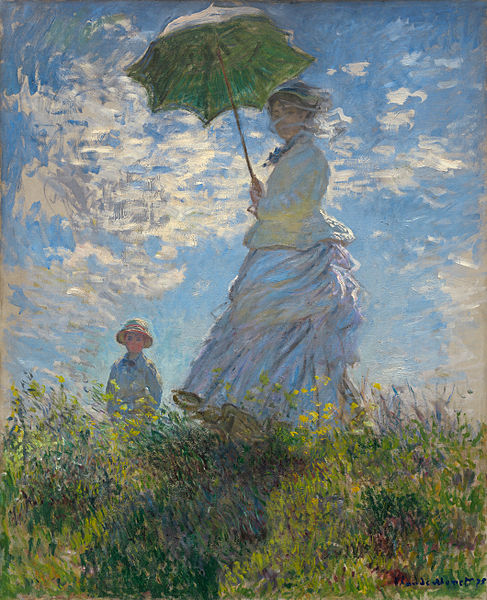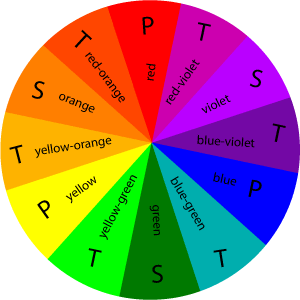Neo-impressionism is like impressionism in its way that the paint/drawing is applied in short strokes, more specifically in dots. One of the main forms on neo-impressionism is pointillism. This is where the drawing is made up of solid colored dots that when together are seen as one complete painting.
Example:

Photo of Sunday Afternoon on the Island of La Grande Jatte by Seurat
Can you see the colored dots? All the dots are individual colors to make up a bigger picture. Also it took Seurat 2 years to complete this 10 foot painting.
At the time, in the mid to late 1800s, scientists were finding out more about what would become color theory and what colors were and how they interacted. Once the artists got a hold of the new discoveries they in turn tried new ways of using color in their paintings. This is a continuation of what impressionism started to do, but there's enough difference that the 'true' impressionists didn't want to accept this new style as impressionism. So the group of modern artists was in divide but their art was still produced and shown at galleries no matter the quarrels between the artists themselves.
Neo-impressionism grew into a whole new realm of painting with many different variations from artists like Charles Angrand, Anna Boch, Georges Lemmen, and Paul Signac are a few. More than just the actual style of painting the movement changed the subjects as well to include more political and social ideas.











